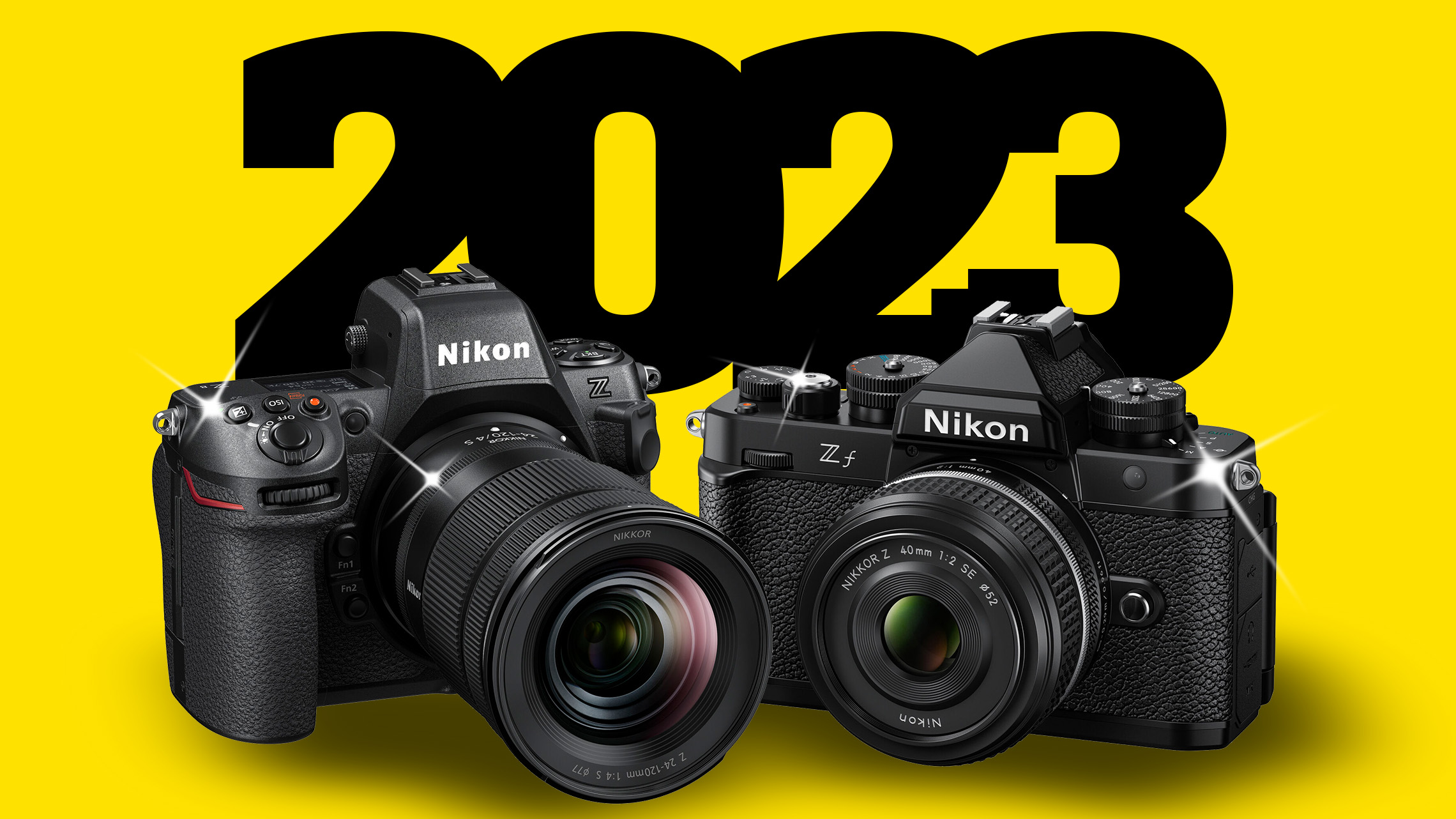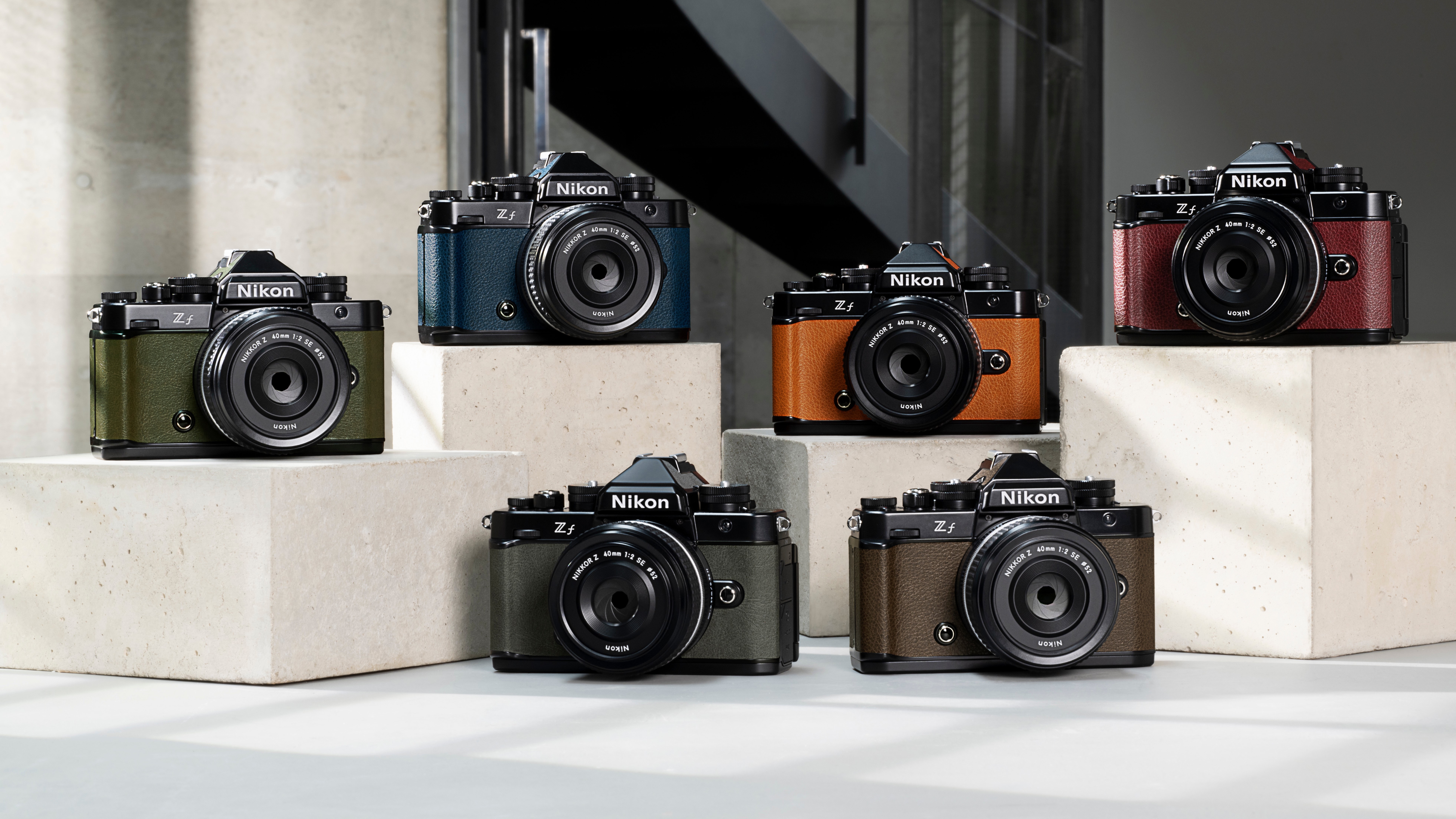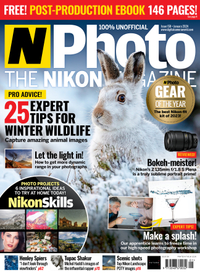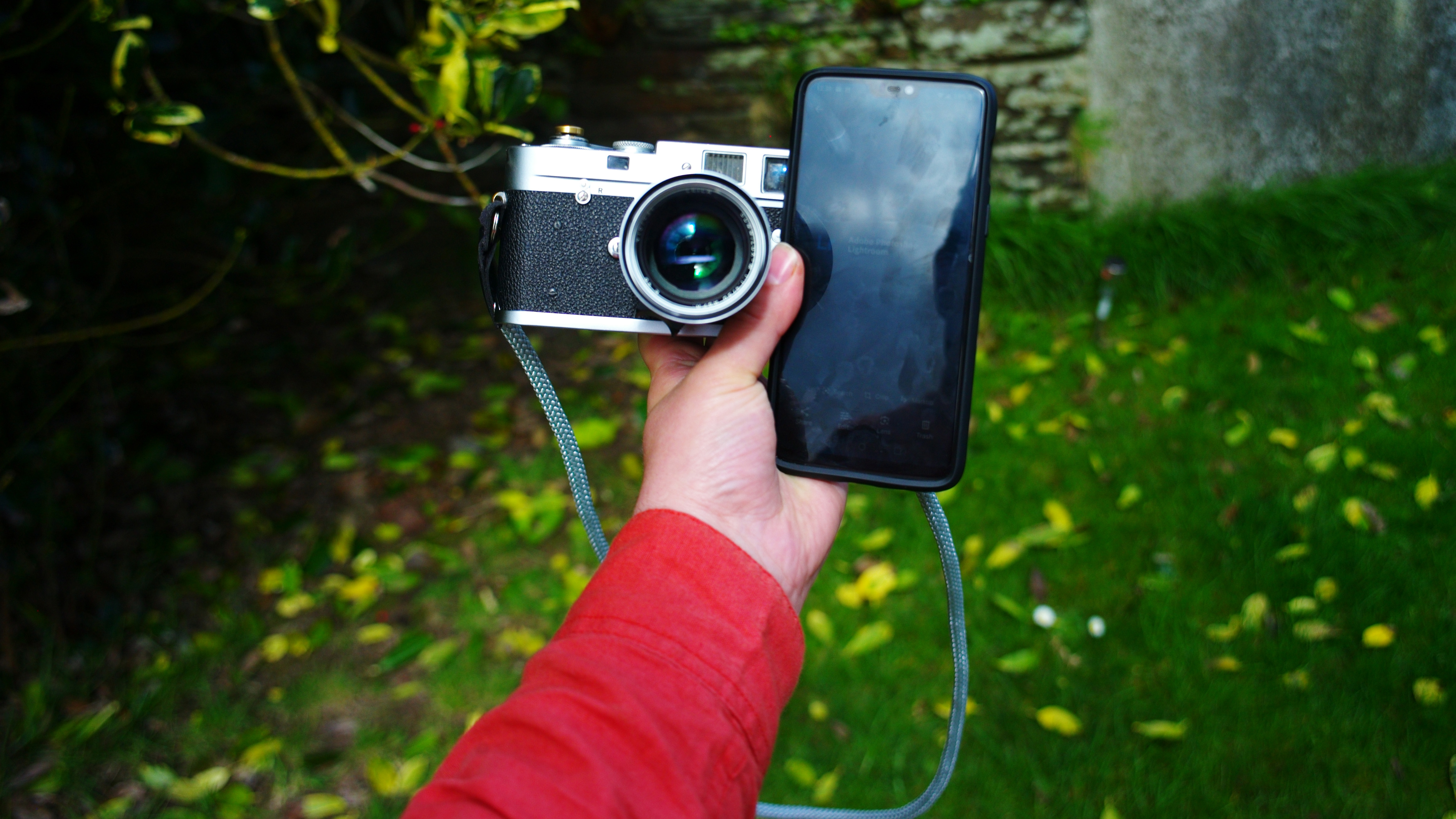I write about Nikon for a living and I think 2023 was the Z series' best year yet
Two high-profile camera launches and a plethora of quality Z lenses have made 2023 Nikon’s best year in the mirrorless era

I’m absolutely certain that 2023 has been Nikon’s best year since the mirrorless revolution. That’s an impressive feat, considering the previous couple of years were no slouch. In 2021, the Big N launched no fewer than six cameras and 2022 was the year that it finally delivered the plethora of super-telephoto lenses sports and wildlife shooters had been craving. But with the flagship Nikon Z9 released at the tail end of the year prior, 2022 was an unsurprisingly lean year for big camera releases, with the Nikon Z30 being Nikon’s only new body.
Fast forward to the beginning of 2024 and the past 12 months have been a bumper year for lenses and – while I doubt we’ll match 2021’s camera release schedule any time soon – the launch of the Nikon Z8 and Nikon Zf was quite simply huge. Throw in yet more super-telephoto lenses in the form of the Nikon Z 180-600mm f/5.6-6.3 and Tamron 150-500mm f/5-6.7 Di III VC VXD, plus some super-fast gems in the form of the Z 85mm f/1.2 S and Z 135mm f/1.8 S Plena, and it’s been a very good year for Nikon fans indeed.
But what I’ve been most pleased to see is Nikon’s dedication to expanding its modest range of DX-format Z-mount lenses. With such a formidable line-up of APS-C cameras in the Z50, Zfc and Z30, native DX glass has been admittedly a bit sparse. But with the release of the Z DX 12-28mm f/3.5-5.6 PZ VR and Z DX 24mm f/1.7, Nikon is really beginning to build up its DX Z range. And let’s not forget, in February we finally received the news every Z-mount user had been waiting for: Sigma was making Z-mount lenses – and a trio of DX-format lenses at that! Add in the various small-form-factor FX lenses that suit APS-C Z cameras down to the ground, such as the Z 26mm f/2.8 and there’s never been a better time to pick up a DX mirrorless.
When it comes to full-frame glass, there’s been so much variety in 2023, it’s hard to keep up. At the more affordable end of the spectrum, we had the Nikon Z 70-180mm f/2.8. The was particularly exciting because it completed Nikon’s lightweight ‘trinity’, alongside the Z 17-28mm f/2.8 and Z 28-75mm f/2.8. Sure, they don't boast the same build or image quality as the official S-line ‘holy trinity’ and they don’t have VR, but when you consider the prices and still top-notch image quality, they’re the perfect way for new Z users to cover all bases without breaking the bank.
When you add up all of the lens releases over the past couple of years alone, it’s really not surprising that Nikon finished the year just shy of an extremely exciting milestone, the end of the Z-mount roadmap. Only a pro-grade 35mm remains.

But the big news – which is the main reason why I think 2023 has been Nikon’s best year in the mirrorless era – was the launch of the Z8 and Zf. The Z8 was arguably Nikon’s most anticipated camera release ever. After all, it was the mirrorless successor to the greatest DSLR of all time, the D850. And when it was first revealed, it was instantly dubbed the ‘Baby Z9’. Essentially, it was a flagship camera in a smaller body. But I always anticipated Nikon would deliver the goods when following up the D850.
What I hadn’t anticipated was the Nikon Zf. On the one hand, a retro full-frame camera wasn’t a surprise given the reception of the Zfc. But far from being a full-frame Zfc, the Zf launched as one of Nikon’s most advanced Z cameras ever. Get past the gorgeous precision-milled dials, analogue form factor and classy leatherette and you’ve got Z8/9 tech, the first Nikon with Pixel Shift Shooting, up to 8-stops of Vibration Reduction, 4K 60p and let’s not forget that genius black-and-white switch.
Get the Digital Camera World Newsletter
The best camera deals, reviews, product advice, and unmissable photography news, direct to your inbox!
If anything encompasses what Z mount has become over the years, it’s the Z8 and Zf. On the one hand, you have a dependable pro-grade body, bristling with the latest tech and capable of capturing drop-dead gorgeous imagery. On the other, you have a camera that’s so much fun, you don’t want to put it down. And yet, it’s still jam-packed with mod cons and futuristic features.
So, to summarize. A more fleshed out DX line-up, the end of the Z-mount roadmap (almost) and two of Nikon’s best Z cameras, and it’s clear to me that 2023 is the year that Z mount has really come into its own and left F mount behind.
Nikon is well and truly on the right track, and I have a feeling 2024 is going to be even better...
N-Photo: The Nikon Magazine is a monthly publication that's entirely dedicated to Nikon users. For the best news, reviews, projects and more, subscribe to N-Photo today!
If you enjoyed this article, you might be interested in reading about the best Nikon Z lenses for FX and DX cameras. If you're clinging to your DSLR you can also check out the best lenses for the Nikon D850, and it you're embracing the revolution then take a look at the best lenses for the Nikon Z50.

Mike is Digital Camera World's How To Editor. He has over a decade of experience, writing for some of the biggest specialist publications including Digital Camera, Digital Photographer and PhotoPlus: The Canon Magazine. Prior to DCW, Mike was Deputy Editor of N-Photo: The Nikon Magazine and Production Editor at Wex Photo Video, where he sharpened his skills in both the stills and videography spheres. While he's an avid motorsport photographer, his skills extend to every genre of photography – making him one of Digital Camera World's top tutors for techniques on cameras, lenses, tripods, filters and other imaging equipment – as well as sharing his expertise on shooting everything from portraits and landscapes to abstracts and architecture to wildlife and, yes, fast things going around race tracks...

